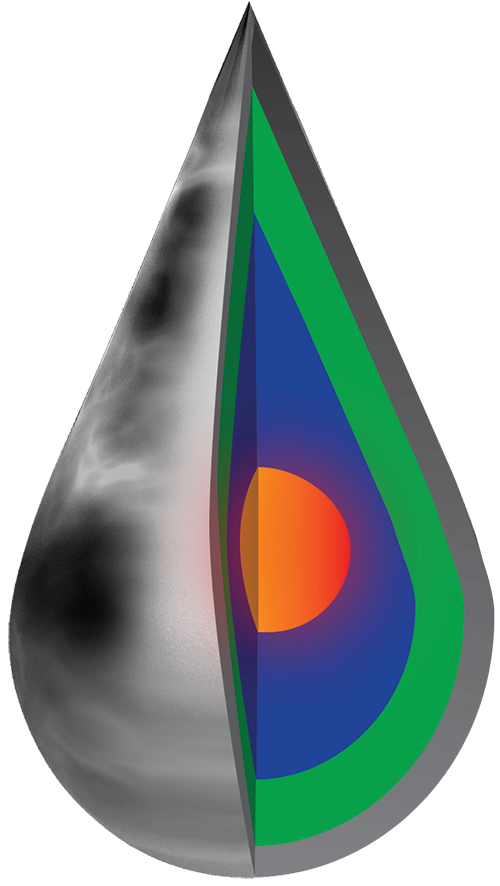
Coloring is a process where we introduce analog saturation to enrich colder (DAW/computer) productions with warmth, character and edge. It takes place before or during mastering, depending on what treatment required to reach the desired end sound. For over ten years we have been coloring music, Kai adding color as a musician, and Ilias as an engineer dealing with the unwanted artifacts.
The examples below are for demonstration purposes only and do not represent the entire gamut of colors we can add. We treat each production differently and for that reason we always do tryouts with different colors on a piece of the artist’s music, so they can get a better feel of what fits best.
Mastered through our analog chain and recorded to tape. The color here is very subtle, with lows getting slightly thicker, and rounder transients. The snare particularly gets controlled and becomes less in your face. The aim for this type of color is to bring back that tight, healthy and polished sound which can be heard on late 70s & 80s songs like Dreams by Fleetwood Mac.
Overdriven on tape, then mastered through our analog chain. Firstly, by hitting tape hard, we aim to create happy accidents and push the original mix to overdrive. Then we go through our analog chain for mastering, and make sure we carve out any unpleasant artifacts that are introduced by heavy saturation. The aim for this type of color is the tape crunch and overdrive that can be heard in 90s Detroit Electro music, like Black Sea by Drexciya.
Through our experience with coloring music we have also learned how to restore and edit out unwanted artifacts, bringing back to life old records, tapes or ADATs. We know how to get it to a place where it sounds good on any system, but preserve the colors and character.


